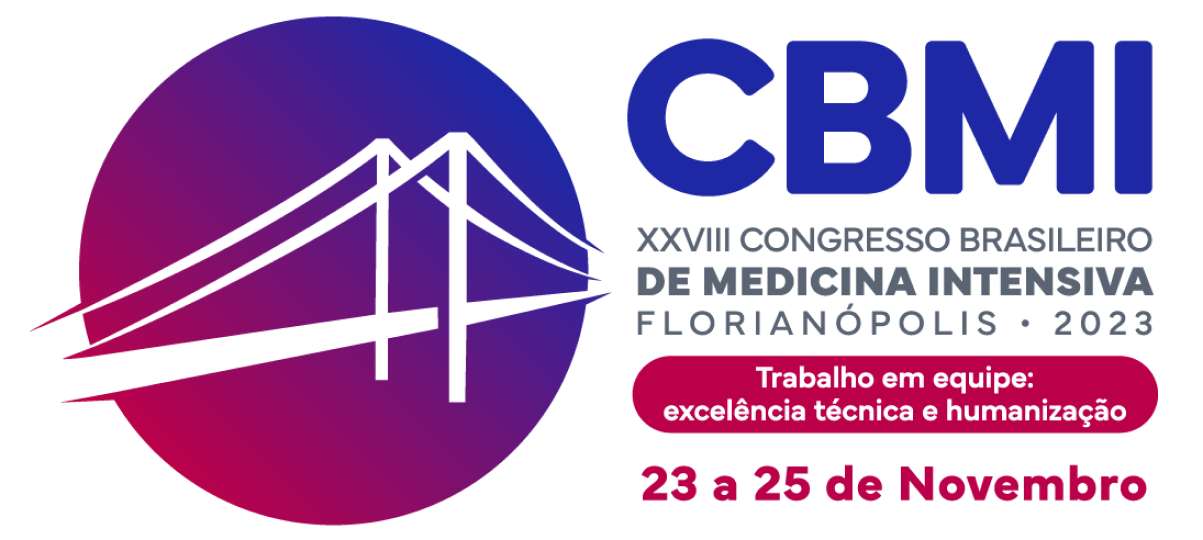Dados do Trabalho
Título
Emergency thrombectomy or thrombolysis for acute large vessel ischemic stroke
Objetivo
The purpose of this research is to assist healthcare professionals in deciding the appropriate procedure between thrombectomy or thrombolysis for patients with acute large vessel ischemic stroke in the emergency intensive care.
Métodos
The methodology in this study involved a review with meta-analysis using the keywords: ("ACUTE ISCHAEMIC STROKE") AND (“EMERGENCY”) AND (“THROMBECTOMY OR THROMBOLYSIS") AND (“LARGE VESSEL”).
Resultados
Based on the analysis of a study of 240 patients, 80 received the treatment. The combination of endovascular thrombectomy and intravenous thrombolysis (IVT) achieved a reduction in disability (modified Rankin Scale score, 0-1) of 48.1%, while non-perfusion was 21.3%. In another study among 204 patients with acute stroke due to large vessel occlusion, mechanical thrombectomy alone compared with intravenous thrombolysis combined and mechanical thrombectomy failed to demonstrate noninferiority for favorable functional outcomes (difference, 2.1% [1-sided 97.5% CI, -11.4% to ∞]; odds ratio, 1.09 [1-sided 97.5% CI, 0.63 to ∞]; P = 0.18 for noninferiority).
Furthermore, an analysis of 36,123 patients found greater efficacy of TM alone in terms of successful recanalization (RR 1.06, 95% CI 1.03 to 1.09), mortality (RR 0.75, 95% CI 0.68-0.82).
Conclusão
In conclusion, mechanical thrombectomy achieved better results in acute large vessel ischemic stroke than intravenous thrombolysis.
Área
Neurointensivismo
Autores
Barbara Nakashige Batista, Laís Trovão de Carvalho, Brenda Ludovico Pedrasoli, Mariella Melantonio Prestes de moraes, Luiza Hartung Caetano
